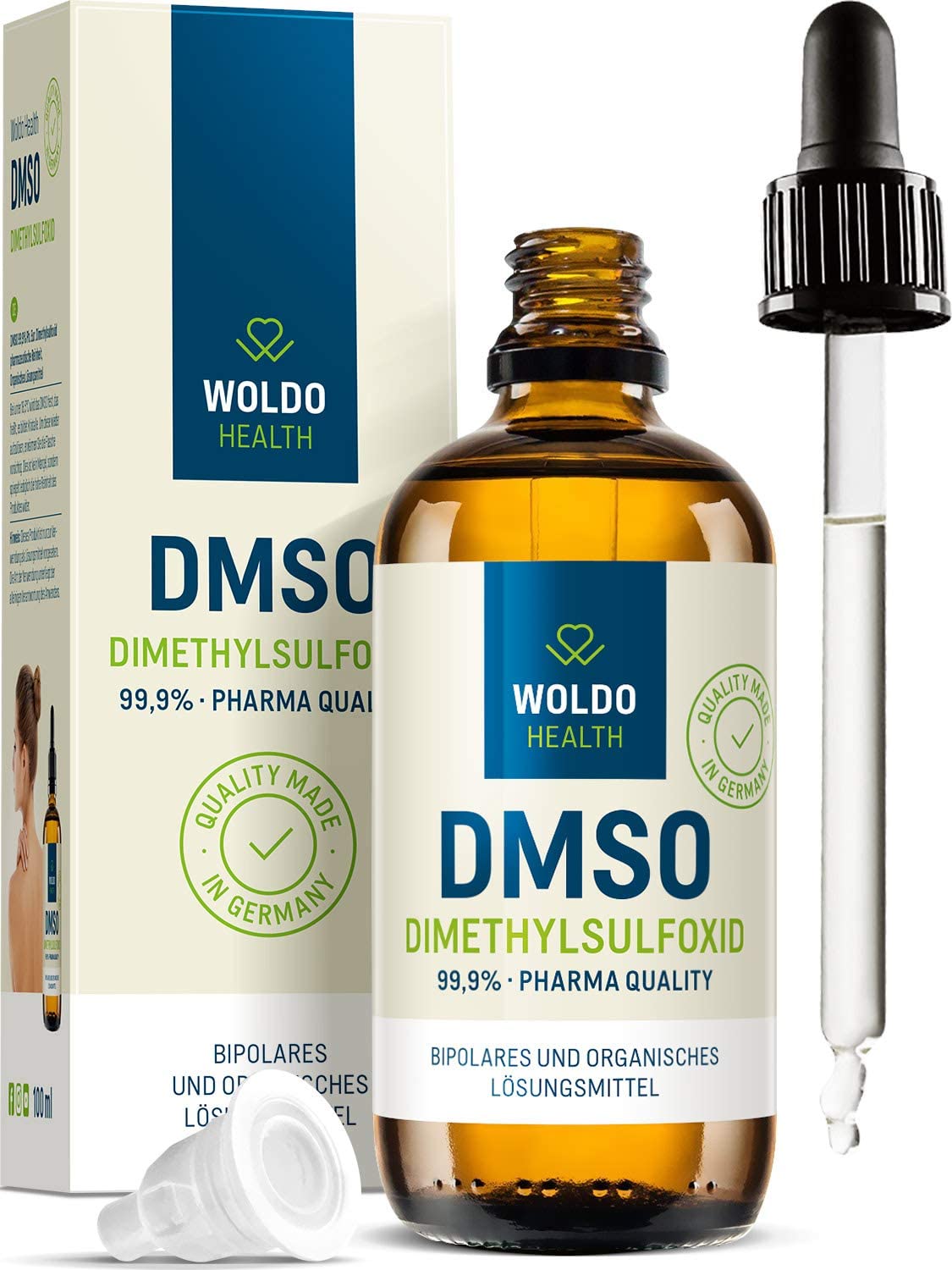Nerve damage can have a significant impact on an individual’s quality of life, leading to chronic pain, loss of sensation, and motor function. Nerve regeneration is a complex process that involves the regrowth of damaged nerve fibers and the restoration of neural connections. Although nerve regeneration is a challenging area of research, recent studies have shown that dimethyl sulfoxide (DMSO) may play a role in promoting nerve regeneration.
buy dmso gel uk is a highly versatile compound that has been extensively studied for its various medical applications, including as a solvent, cryoprotectant, and anti-inflammatory agent. In recent years, its potential as a nerve regeneration agent has become an area of increasing interest in medical research.
The Role of DMSO in Nerve Regeneration:
Nerve regeneration is a complex process that involves multiple stages, including degeneration, inflammation, and regrowth. DMSO is believed to play a role in each of these stages, making it a promising candidate for nerve regeneration.
Degeneration:
During nerve damage, axons and their surrounding structures, such as the myelin sheath, undergo degeneration. DMSO has been shown to protect axons from degeneration by increasing the expression of neurotrophic factors, such as nerve growth factor (NGF). Neurotrophic factors play a crucial role in promoting nerve regeneration by stimulating the growth and survival of nerve cells.
Inflammation:
Inflammation is a crucial stage in nerve regeneration, as it involves the recruitment of immune cells to the site of injury. However, excessive inflammation can inhibit nerve regeneration, leading to the formation of scar tissue. DMSO has been shown to have anti-inflammatory properties, reducing the production of pro-inflammatory cytokines and chemokines. This may help to limit inflammation and promote nerve regeneration.
Regrowth:
The regrowth of nerve fibers is a critical stage in nerve regeneration. DMSO has been shown to promote nerve regeneration by increasing the expression of growth-associated proteins, such as GAP-43 and beta-tubulin III. These proteins play a crucial role in the growth and guidance of nerve fibers.
Potential Applications of DMSO in Nerve Regeneration:
The potential applications of DMSO in nerve regeneration are numerous, with promising results reported in both animal and human studies.
Peripheral Nerve Regeneration:
Peripheral nerve injuries are common, with over 100,000 cases reported each year in the United States alone. Recent studies have shown that DMSO may play a role in promoting peripheral nerve regeneration. In animal studies, DMSO has been shown to increase the rate of nerve regeneration and improve functional outcomes. In human studies, DMSO has been used as a topical agent for the treatment of neuropathic pain, with promising results reported.
Spinal Cord Injury:
Spinal cord injury is a devastating condition that can lead to paralysis and loss of sensation. Recent studies have shown that DMSO may play a role in promoting spinal cord regeneration. In animal studies, DMSO has been shown to improve motor function and reduce inflammation in the spinal cord. Clinical trials are currently underway to investigate the potential use of DMSO in the treatment of spinal cord injury.
Neurodegenerative Diseases:
Neurodegenerative diseases, such as Alzheimer’s disease and Parkinson’s disease, are characterized by the progressive loss of nerve cells. Recent studies have shown that DMSO may play a role in promoting nerve regeneration in these conditions. In animal studies, DMSO has been shown to improve cognitive function and reduce inflammation in the brain. Clinical trials are currently underway to investigate the potential use of DMSO in the treatment of neurodegenerative diseases.
Conclusion:
In conclusion, DMSO is a promising candidate for the promotion of nerve regeneration. Its ability to protect

